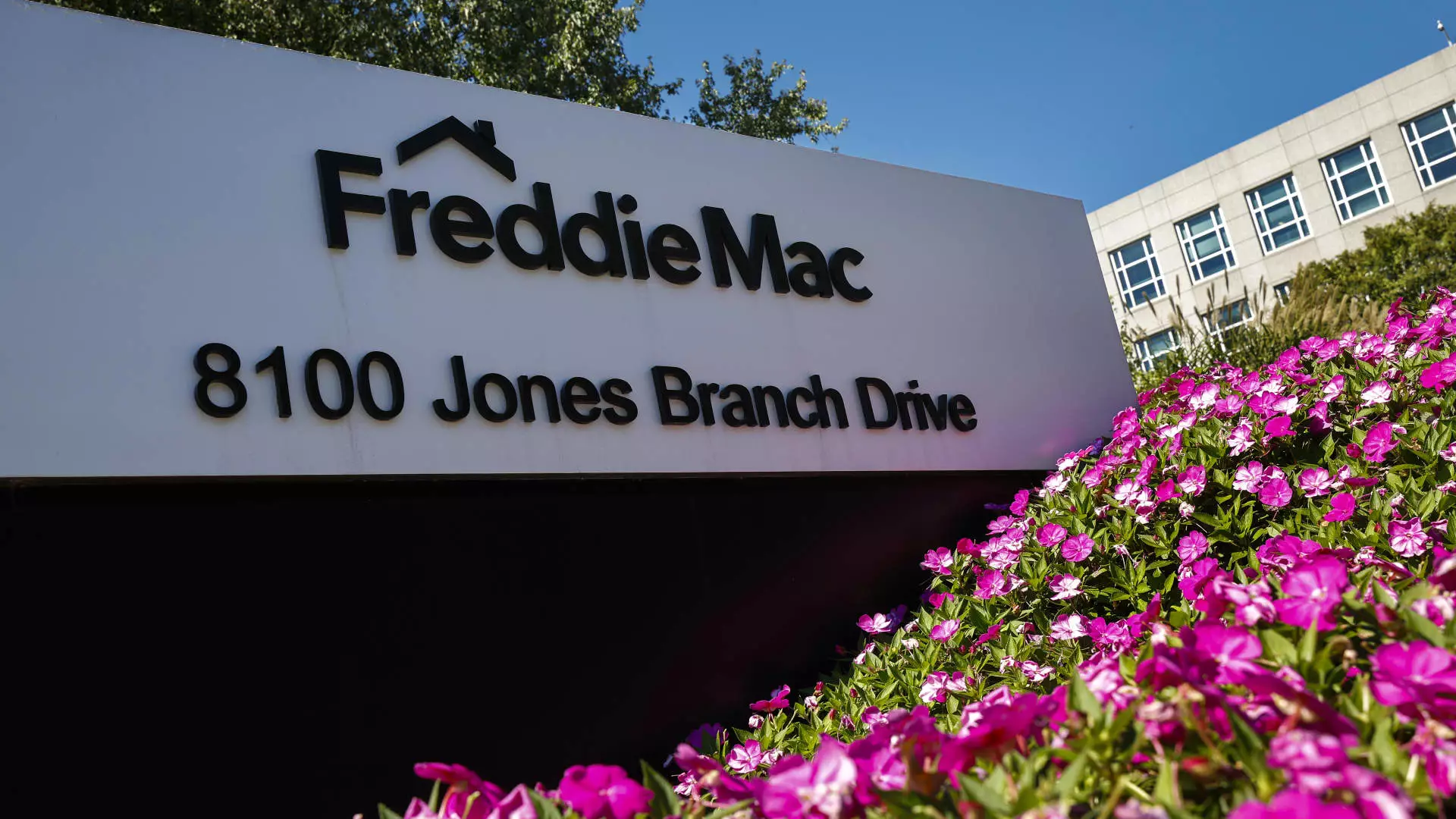As we venture deeper into the complexities of America’s housing market, it becomes increasingly evident that the policies governing entities like Fannie Mae and Freddie Mac are pivotal. The recent confirmation of Bill Pulte as the leader of the Federal Housing Finance Agency (FHFA) has ignited discussions surrounding the conforming loan limit, currently set at a staggering $806,500. While some may view this figure merely as a threshold for mortgages, it symbolizes much larger issues—inequality, government intervention, and the realities of the American Dream.
Who Truly Benefits?
The question must be asked: who is truly benefiting from the inflated conforming loan limits? Designed ostensibly to provide accessibility to affordable housing, these limits instead serve as a boon for wealthier individuals. As household debt skyrockets and the housing market continues to stabilize at artificially high levels, we see a macroeconomic trend where more affluent homeowners are effectively subsidized by government policies. The notion that the government insuring million-dollar mortgages is a necessary evil for economic growth demonstrates a fundamental misunderstanding of the financial ecosystem—we ought to question if these policies truly serve the public good.
The Whispers of Change
With Pulte’s recent assurance of “no plans” to alter the conforming loan limit, one can’t help but ponder the implications of inertia. Many have speculated that a reduction in these limits would alleviate some pressures for average homebuyers, enabling them to compete in a market disproportionately skewed in favor of the upper class. Moreover, we must confront the grim reality that while the government seeks to support the $12 trillion mortgage market, its constant backing of high-value loans perpetuates a cycle of inequality.
Implications for Market Dynamics
Eric Hagen, a managing director and mortgage finance analyst, interestingly notes that a reduction in loan limits may be as politically charged as it is economically necessary. It raises a haunting question: how high can jumbo mortgage rates climb before they become unsustainable? The mystery here doesn’t just lie with interest rates but also in broader socio-political waves—the populist discontent surrounding government backing for affluent mortgages hints at an undeniable rift in societal norms.
The Role of Conservatorship
Since entering conservatorship in 2008, Fannie Mae and Freddie Mac have remained vital in propelling the housing market forward. However, this status often blurs the line between public service and corporate profitability. Pulte’s tour of Fannie Mae and Freddie Mac facilities showcased empty office spaces, echoing the broader concern regarding the companies’ roles in an evolving economic landscape—are they still fit for modern housing challenges or merely relics from the ’08 crisis?
A Call for a New Perspective
If we are to engage in a productive conversation about housing policy, it’s imperative to decouple the idea of government-backed homeownership from the reality of income inequality. Policymakers must acknowledge that merely raising the conforming loan limit will not solve the underlying issues affecting low- to middle-income households. We need structural changes that prioritize affordable housing over profit margins, ensuring that our national narrative about homeownership shifts toward sustainability and equity, rather than merely catering to the upper echelon.

